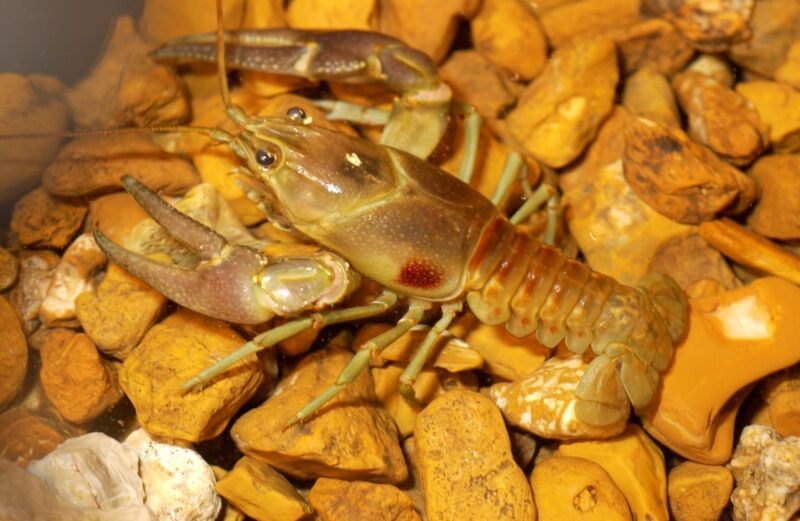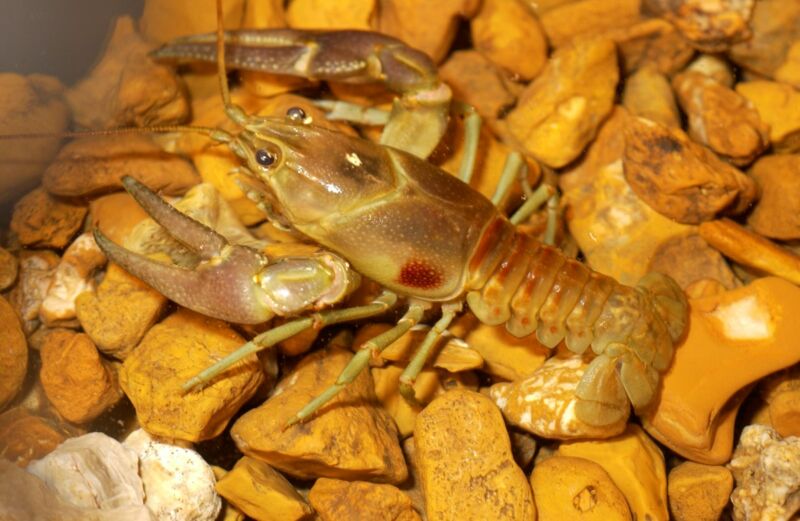
Enlarge (credit: National Park Service)
When people flush their old prescription (or off-prescription) drugs, the compounds invariably make their way into the waters nearby. The same is true even when people using these chemicals urinate them into the sewage system. Once there, these compounds—from prozac to cocaine—can end up in the bodies of aquatic creatures. And, research suggests, the chemicals can impact them: birth control, for instance, affects frog breeding after it enters the water.
We metabolize many of the drugs we take, and water treatment plants remove some of rest. But some concentration can still remain as the water is released to the surrounding lakes and streams.
So far, there’s not been much research into how, if at all, other drugs like cocaine and various opioids, affect aquatic life—but scientists say negative effects are not wholly impossible. And there is now some evidence that at least some classification of drugs do cause trouble. New research suggests that a common antidepressant, citalopram, can change the behavior of crayfish, making them bolder than they would be otherwise.





